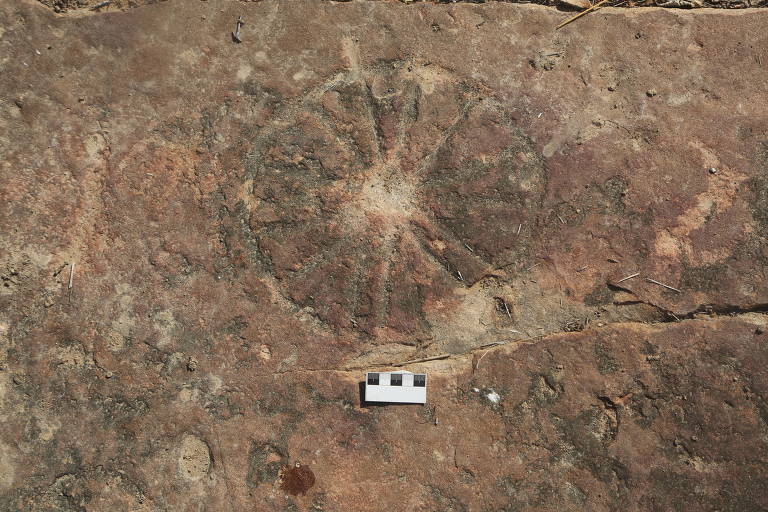Brazilian researchers have identified, in the backlands of Paraíba, a site with characteristics that are unprecedented in the world so far: the joint presence of dinosaur footprints and rock art. The engravings were made by indigenous peoples who inhabited the region long before the arrival of Europeans. For scientists, the fact that the engravings are nearby, but never overlapped with the fossil records, indicates that these populations already valued and interacted with prehistoric traces. The work, published in the specialized journal Scientific Reports, was led by archaeologist Leonardo Troiano, who is associated with Iphan (National Institute of Historic and Artistic Heritage), but participated in the project independently.
"It is truly something unique in the world. We did a lot of research to be able to make this statement. We found several sites where there are coincidences, where on one wall there is rock art and, further down a hill, there are dinosaur footprints. But there have never been records of these occurrences side by side," said the researcher. The municipality of Sousa, in the backlands of Paraíba, is well known for the abundance of prehistoric traces. The city even has a park, named Vale dos Dinossauros (Dinosaur Valley), where it is possible to follow some trails with footprints of these animals. Although the presence of petroglyphs—engravings on rocks—is common in the region, this material historically received less attention compared to paleontological records.
The discovery was made at a location called Serrote do Letreiro, which received this name precisely because of the large presence of rock art, nicknamed "Indian letter" by the locals. The site was formally described in 1979 by the Italian Giuseppe Leonardi, who mentioned the existence of the petroglyphs as "Cariri indigenous carvings," without delving into the engravings.
